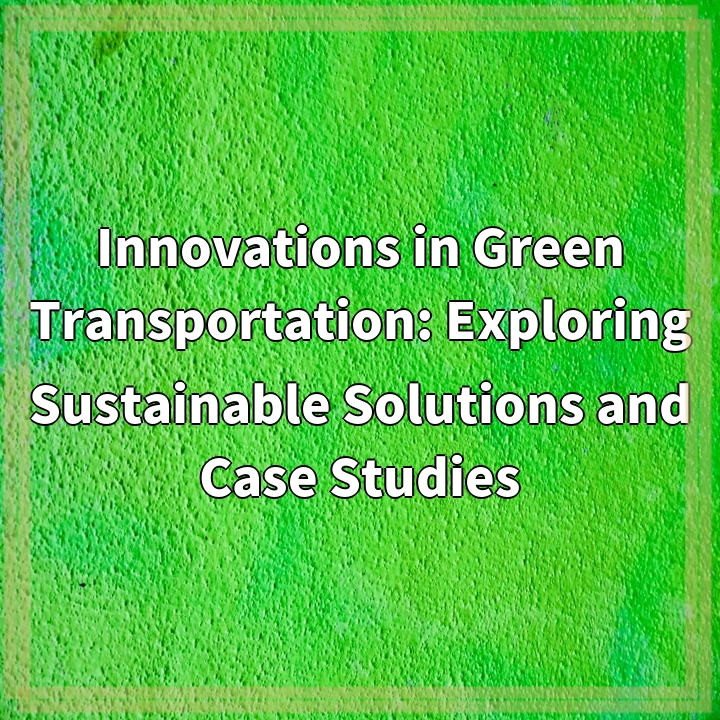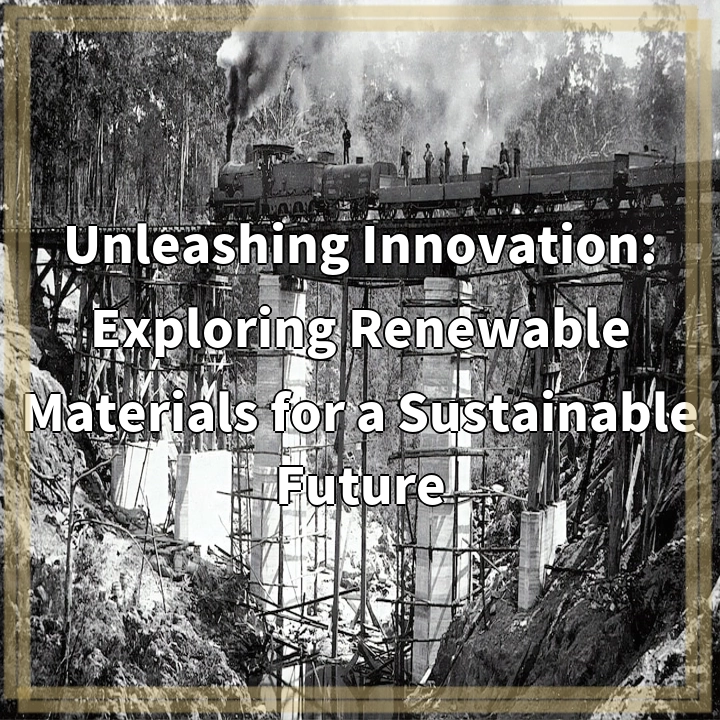
What it is:
Green transportation refers to the use of sustainable solutions and innovations in the transportation sector to reduce environmental impact and promote a greener and more efficient system. It encompasses a wide range of technologies, practices, and policies that aim to minimize carbon emissions, reduce pollution, and decrease dependence on fossil fuels.
Real-world problems:
Despite the growing awareness of the need for sustainable transportation, there are several significant challenges and real-world problems associated with implementing green transportation innovations:
1. High initial costs:
Investing in green transportation technologies can be expensive. The development and production of electric vehicles (EVs), for example, often involve higher costs compared to conventional vehicles. This can deter individuals and businesses from adopting these eco-friendly alternatives.
2. Limited infrastructure:
The success and widespread adoption of green transportation depend on the availability of supporting infrastructure. Replacing fossil fuel infrastructure with charging stations for EVs or establishing an extensive network for public transportation can be a significant challenge, requiring substantial financial investment and planning.
3. Range limitations:
Electric vehicles, despite their many advantages, often have limited driving ranges compared to traditional gasoline vehicles. The need for frequent charging and the lack of charging stations in certain areas can present challenges for those considering EVs as their primary mode of transportation.
4. Transitioning existing systems:
In many regions, the transportation sector heavily relies on fossil fuels and outdated infrastructure. Transitioning to greener alternatives requires overcoming various economic, logistical, and political barriers. Retrofitting or replacing existing systems while minimizing disruptions to daily operations can be complex and time-consuming.
5. Public perception and awareness:
Despite increasing awareness, some individuals may still perceive green transportation options as inconvenient or less reliable than traditional modes of transport. Overcoming these perceptions and educating the public about the benefits of sustainable transportation is crucial to drive widespread adoption.
While these real-world problems pose challenges, they also present opportunities for innovation and collaboration. Policymakers, industry leaders, and consumers play important roles in addressing these issues and supporting the transition to a more sustainable and environmentally friendly transportation system.

Solutions to Real-World Problems in Green Transportation:
While the challenges of implementing green transportation innovations are significant, there are several solutions that can help overcome these barriers and promote sustainable solutions:
1. Financial incentives and subsidies:
Government incentives, such as tax credits or rebates for purchasing electric vehicles, can help offset the initial costs and make green transportation options more affordable for individuals and businesses. Investing in research and development of sustainable transportation technologies can also lead to cost reductions over time.
2. Infrastructure development:
Expanding the network of charging stations for electric vehicles and improving public transportation infrastructure are essential for promoting the adoption of green transportation. Governments and private sector entities should collaborate to identify areas in need of infrastructure investments and develop comprehensive plans to address these gaps.
3. Advances in battery technology:
Ongoing research and development in battery technologies can help overcome the range limitations of electric vehicles. By improving battery efficiency, increasing energy storage capacity, and reducing charging times, electric vehicles can become more practical and comparable to conventional vehicles in terms of range and convenience.
4. Policy and regulatory support:
Strong governmental policies and regulations that prioritize green transportation can provide a framework for widespread adoption. These policies can include setting emission standards, offering incentives for efficient and sustainable transportation practices, and implementing regulations that encourage the use of renewable and clean fuels.
5. Public awareness and education:
Public perception and awareness play a crucial role in driving the adoption of green transportation. Raising awareness about the environmental benefits, cost savings, and technological advancements of sustainable transportation options can help dispel myths and encourage individuals to choose greener alternatives.
By implementing these solutions and fostering collaboration between stakeholders, we can overcome the challenges associated with green transportation and pave the way for a more sustainable and environmentally friendly transportation system.















